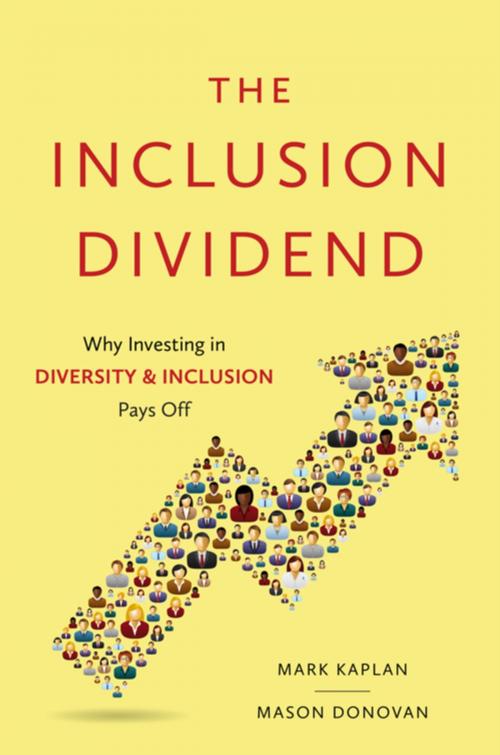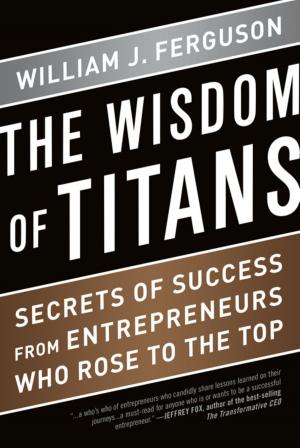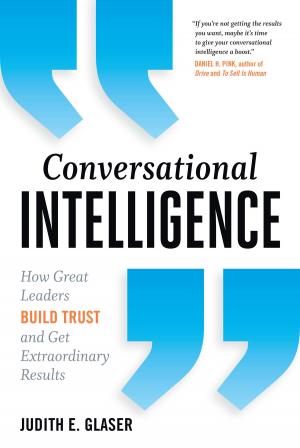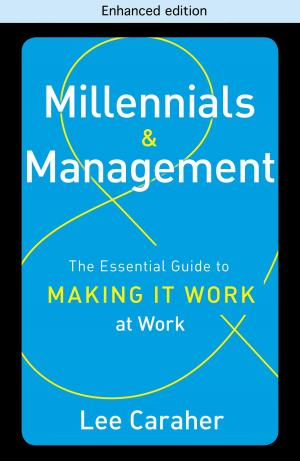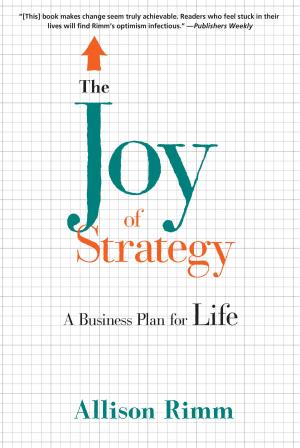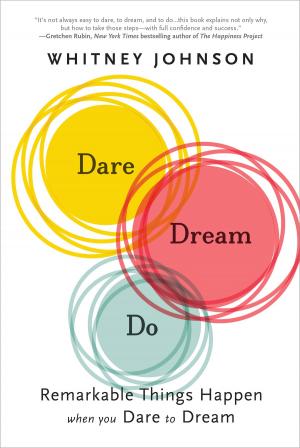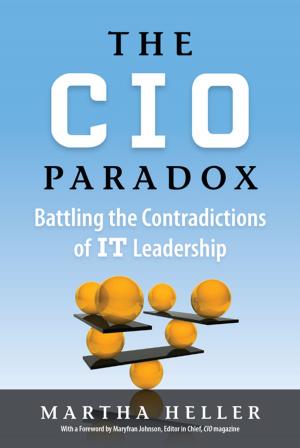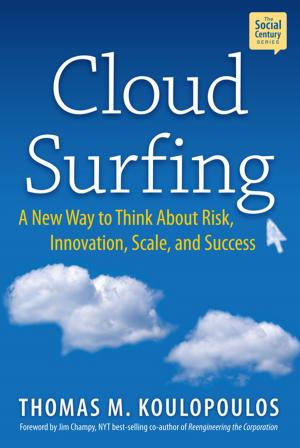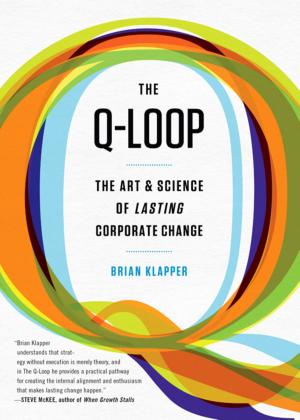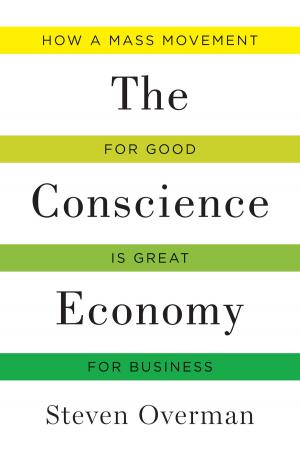The Inclusion Dividend
Why Investing in Diversity and Inclusion Pays Off
Business & Finance, Human Resources & Personnel Management| Author: | Mason Donovan, Mark Kaplan | ISBN: | 9781937134419 |
| Publisher: | Bibliomotion, Inc. | Publication: | May 21, 2013 |
| Imprint: | Bibliomotion, Inc. | Language: | English |
| Author: | Mason Donovan, Mark Kaplan |
| ISBN: | 9781937134419 |
| Publisher: | Bibliomotion, Inc. |
| Publication: | May 21, 2013 |
| Imprint: | Bibliomotion, Inc. |
| Language: | English |
In today’s increasingly diverse, global, interconnected business world, diversity and inclusion (D&I) is no longer just “the right thing to do,” it is a core leadership competency and central to the success of business. Working effectively across differences such as gender, culture, generational, race, and sexual orientation not only leads to a more productive, innovative corporate culture, but also to a better engagement with customers and clients. The Inclusion Dividend provides a framework to tap the bottom line impact that results from an inclusive culture. Most leaders have the intent to be inclusive, however translating that intent into a truly inclusive outcome with employees, customers, and other stakeholders requires a focused change effort. The authors explain that challenge and provide straightforward advice on how to achieve the kind of meritocracy that will result in a tangible dividend and move companies ahead of their competition.
In today’s increasingly diverse, global, interconnected business world, diversity and inclusion (D&I) is no longer just “the right thing to do,” it is a core leadership competency and central to the success of business. Working effectively across differences such as gender, culture, generational, race, and sexual orientation not only leads to a more productive, innovative corporate culture, but also to a better engagement with customers and clients. The Inclusion Dividend provides a framework to tap the bottom line impact that results from an inclusive culture. Most leaders have the intent to be inclusive, however translating that intent into a truly inclusive outcome with employees, customers, and other stakeholders requires a focused change effort. The authors explain that challenge and provide straightforward advice on how to achieve the kind of meritocracy that will result in a tangible dividend and move companies ahead of their competition.
